Perennial Gardens: Fall Cleanup?
Perennial Gardens: Fall Cleanup?
It used to be common practice to do a complete cleanup of perennial gardens in the fall. All plants that were going dormant for the winter season were cut to the ground and hauled away. But the current awareness that this is one of the things that contributes to a decline in pollinators and other native insect populations has changed our awareness and fall cleanup practices along with it. In addition to being a site for over-wintering bees, lightening bugs and butterflies – to name just a few insects we want to support – many perennials last longer and grow stronger if they aren’t cut down in the fall. For these reasons, some people choose to leave the stems and old foliage in a perennial garden for the winter, or to do a partial cleanup in autumn. Here are some tips for thoughtful perennial garden care in October.
Feed The Birds: Many perennials provide seeds for our songbirds. If you’ve ever seen a crowd of goldfinches fly up from your perennial garden, you know that your finished plants are a bird buffet. Native plants in particular, such as coneflower (Echinacea), tickseed (Coreopsis) and Joe-Pye weed (Eupatorium) are valuable for feeding the birds in fall and early winter.
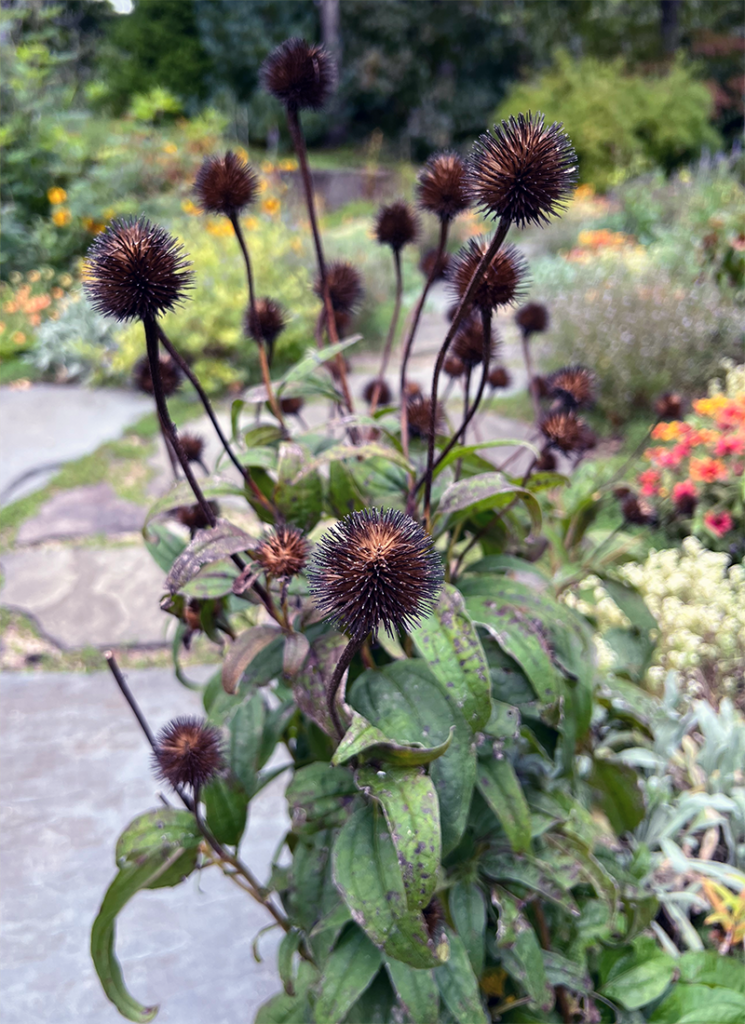
Protecting New or Tender Perennials: In addition to protecting beneficial insect populations and feeding the birds, newly planted perennials and those that are marginally hardy are helped to survive the winter by not cutting them back. The stems of these plants store energy that the plants use for winter survival. In fact, if you see a plant in your garden with green stems, know that it’s capable of photosynthesis even if most or all of the foliage has fallen from the plants.
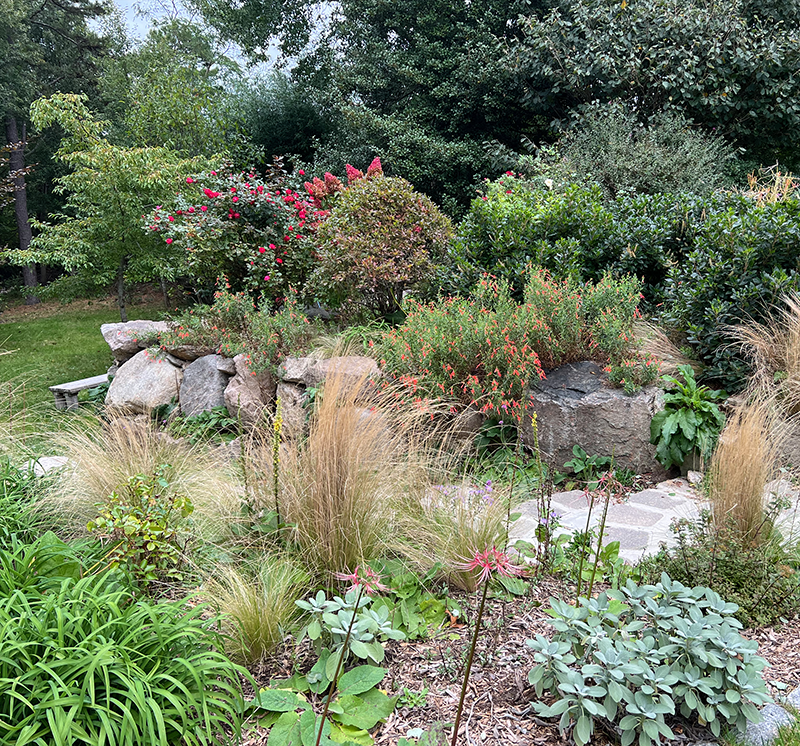
Let Grasses Stay Until Spring: Whenever possible, leave grasses in the fall and then cut back in the spring. This helps prevent rot in the center of the clumps, and keeps plants that are marginally hardy alive, such as the Nassella (Mexican feather grass) pictured above. Plus most grasses are so pretty in the fall and early winter, even as they turn brown.
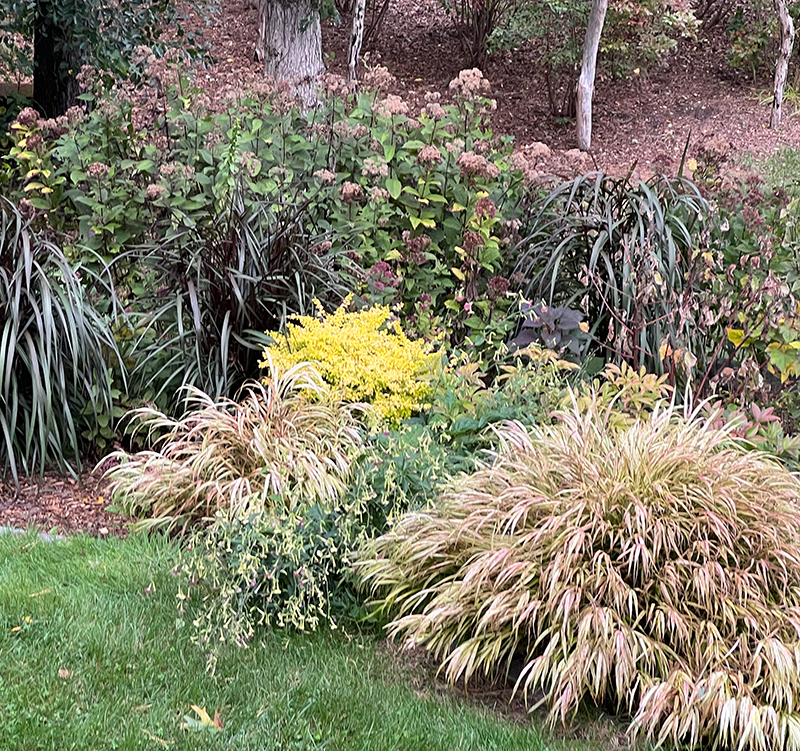
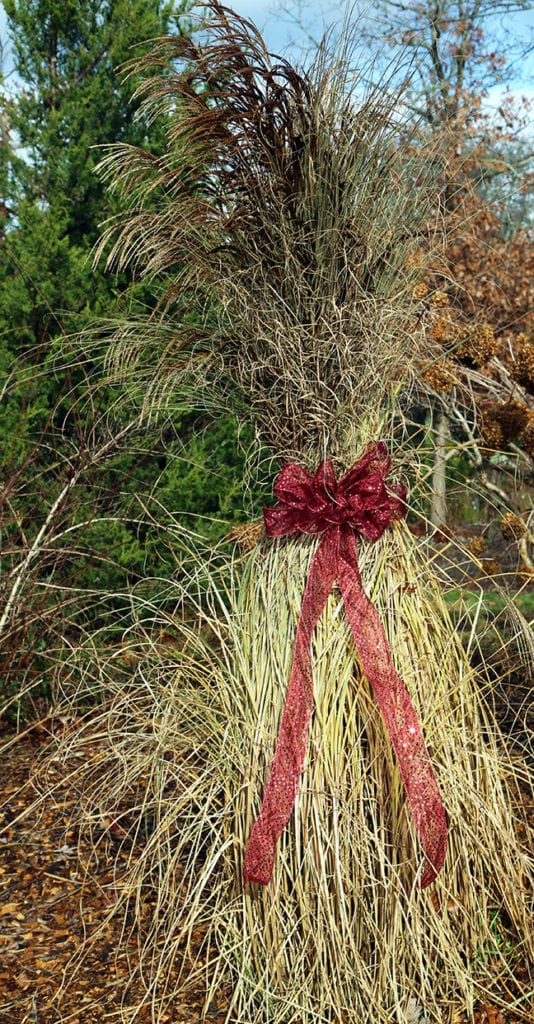
Plants With Woody Stems: There are several plants in our perennial gardens that have woody stems, and these should be left in the garden all winter. Lavender, culinary sage, and Russian sage are the three most common in this group.
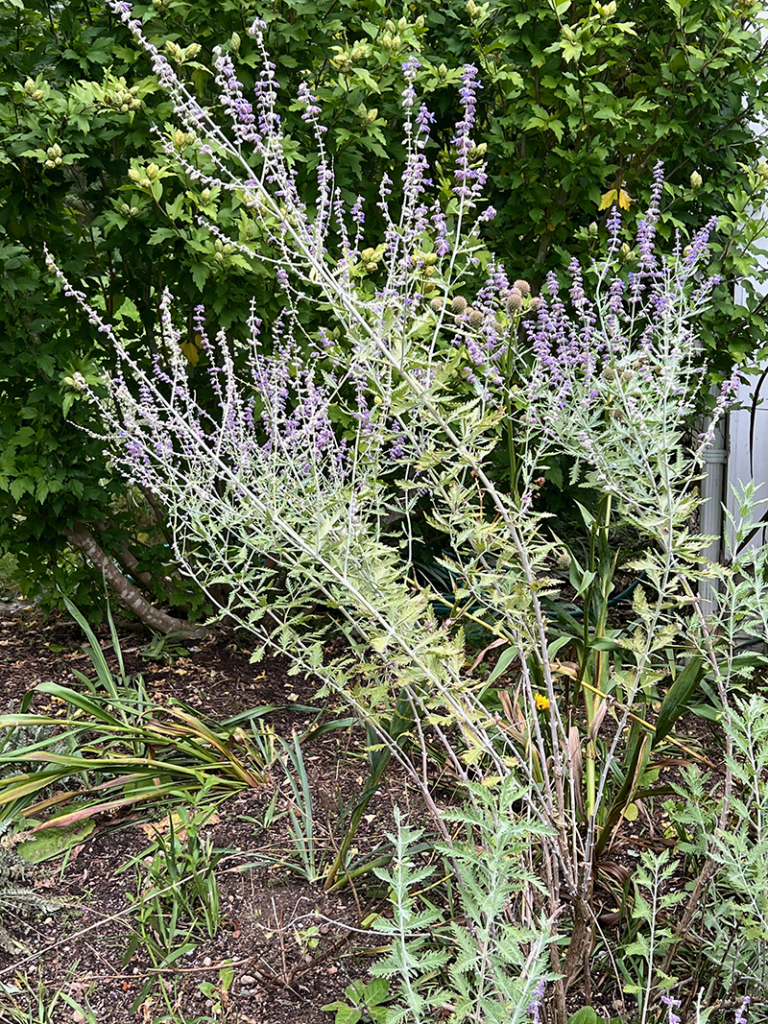
Fall Planting, Transplanting and Tweaking: If you have been wanting to make changes in your perennial gardens, fall is a great time to do this. Dig out any plants that have either died in the drought or have been disappointing in some way, and toss into your compost pile. If you have plants that have been a bit to vigorous in their spreading (ahem, black eyed Susans!) edit them back now and you’ll be ahead of the game next spring. And if you need to add plants that will provide color later in the summer or fall, place them in the garden now so that they’ll be more established from the get-go next spring.
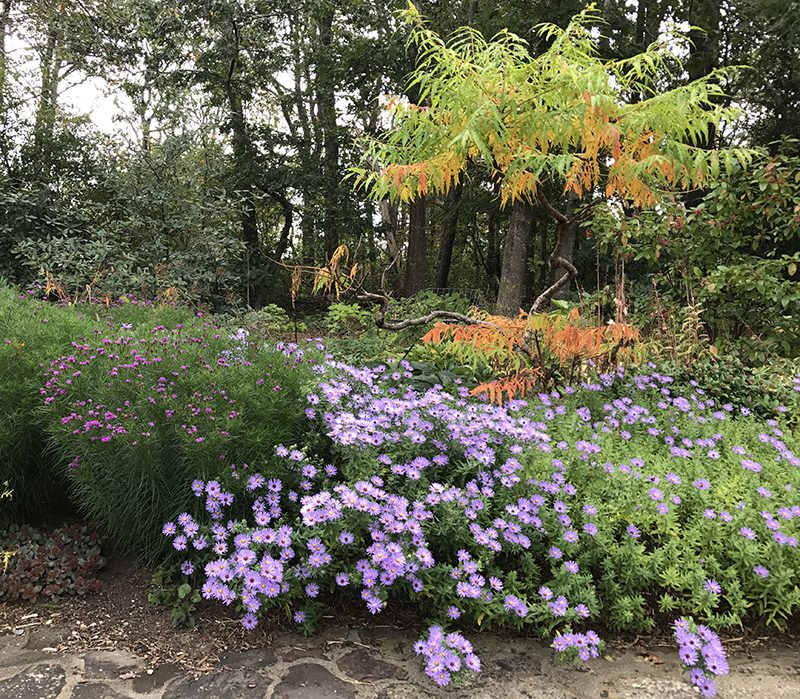
Helping Perennial Gardens in Fall: One of the best things to do for your perennial plants in the fall is to spread an inch of compost over the soil. This can go down on top of the remains of last year’s mulch, and helps to feed the soil from the top down. It does not have to be turned into the ground. Next March, scatter a light application of an organic fertilizer such as Flower-tone over the area, and then apply an inch of mulch on top of that in April or May.
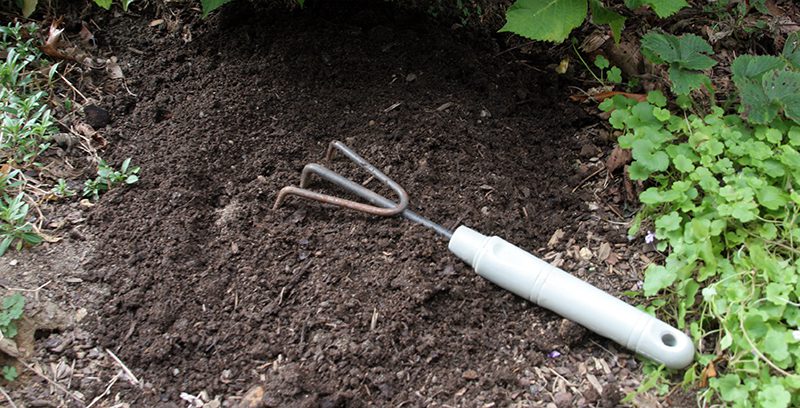
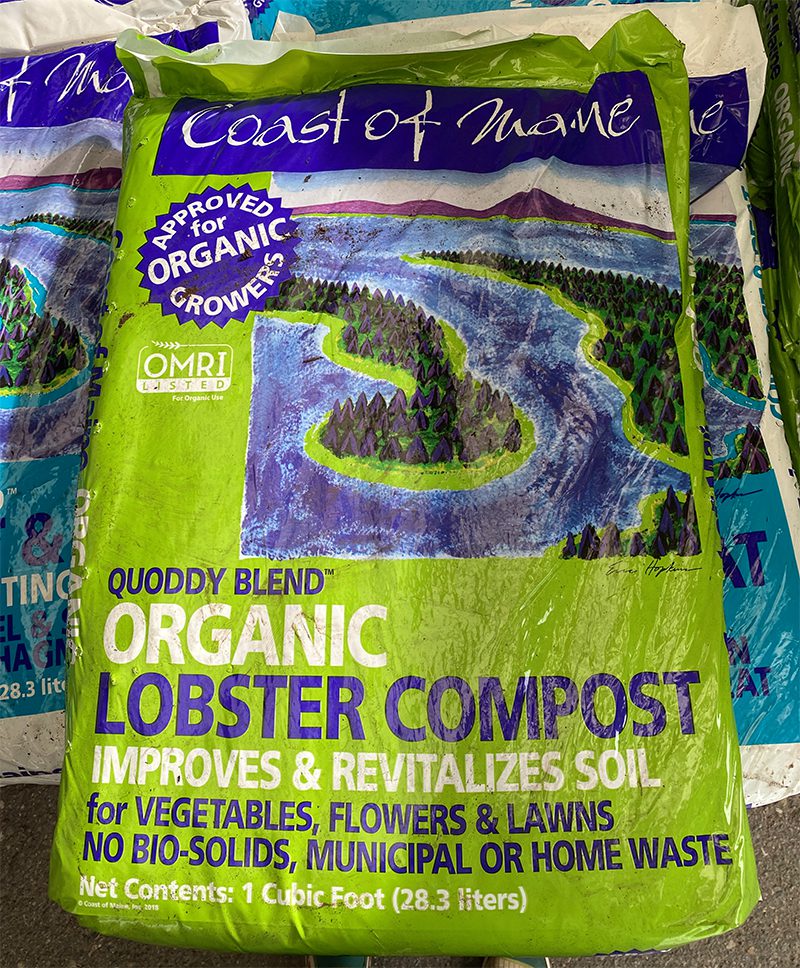
If you have questions about the care of your perennials at any time of the year, register for the Perennial Garden Maintenance Sunday Seminar on October 16th.
Subscribe To Our Newsletter
Sign up for our weekly email about sales and events.
